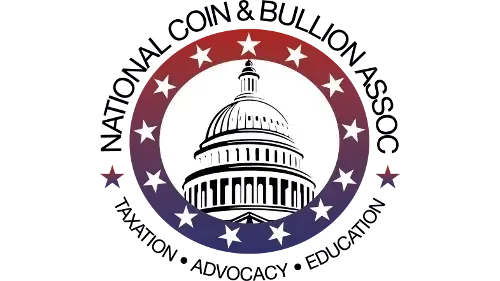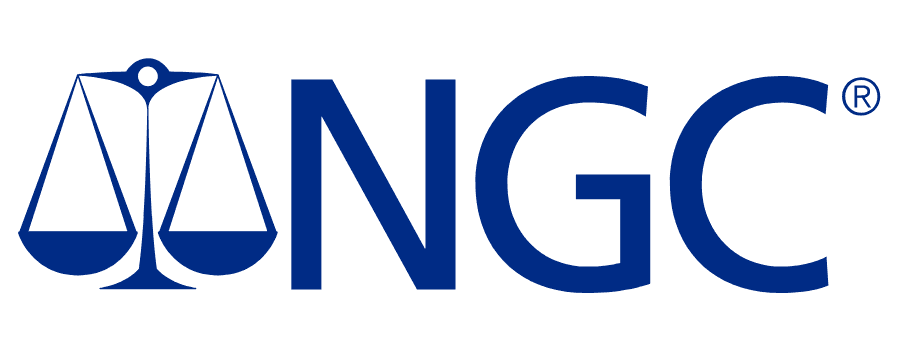Article
The Long Path to Stability: Trump’s Win and the Road Ahead
As President-elect Trump returns to office, Americans can expect significant shifts in economic policy with implications for income taxes, tariffs, retirement funds, and national debt.
Tax Policy and the Federal Deficit
Trump aims to make permanent the 2017 Tax Cuts and Jobs Act (TCJA) tax reductions, which are set to expire in 2025. Additionally, he plans to cut the corporate tax rate from 21% to 15%. Supporters argue that lower taxes could spur economic growth, but critics note these policies could increase the national debt by an estimated $5.8 trillion over the next decade. While these cuts may provide tax relief to many Americans, they could strain government budgets, potentially requiring cutbacks to social programs and services to manage fiscal pressures .
Tariffs and Inflation
Trump’s plan to impose tariffs of up to 20% on all imports and up to 60% on Chinese goods could have mixed effects. Tariffs aim to bring manufacturing jobs back to the U.S., but they also increase the cost of imported goods, potentially raising consumer prices. According to analysts, this may counteract the benefits of lower taxes, leaving Americans with higher prices on essential goods. For businesses and investors, these tariffs introduce potential market volatility as industries adapt to the changes in trade policy .
Implications for Retirement Investments
Under Trump’s previous term, the stock market rose, benefiting many retirement accounts. While his policies may again encourage market growth, they come with added volatility risk, as economic shifts create uncertainty around long-term investment stability. Higher debt levels could ultimately impact the returns on retirement savings if inflation or market instability intensify.
Rising Demand for Precious Metals as Diversification
As the economy faces potential headwinds from rising debt, trade policy shifts, and inflationary pressures, precious metals like gold and silver provide a solid hedge for investors. Gold has historically maintained its value during periods of inflation and currency devaluation, making it a potential safe haven amidst economic uncertainty. With ongoing global demand for metals, especially from central banks, a diversified portfolio that includes precious metals may provide protection against inflation while helping balance potential stock market volatility.
Trump’s presidency brings complex changes for the U.S. economy. While some policies may spur growth, they also carry risks, especially for long-term fiscal health. In this uncertain climate, a diversified portfolio that includes tangible assets like gold and silver may offer stability and serve as a valuable safeguard for the future.
Sources: PENN WHARTON BUDGET MODEL · INVESTOPEDIA
Related BREAKING NEWS

Contact us
corporate@redstategoldgroup.com
FAX: 800-918-4350
9701 Wilshire Blvd. 10th Floor
Beverly Hills, CA 90212
HELPFUL LINKS
©2024 RED STATE GOLD
Information found within Red State Gold sites and publications is intended for general educational purposes and should not be taken as investment advice.
Red State Gold does not provide financial, legal, tax advice, or retirement-specific recommendations.






